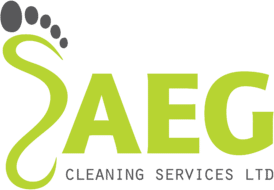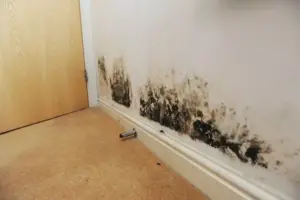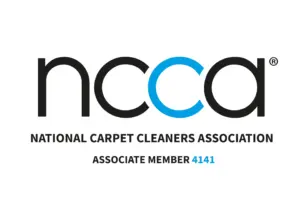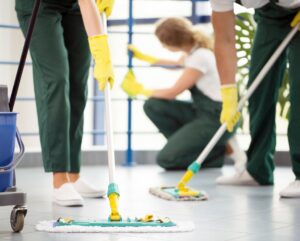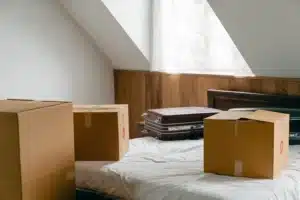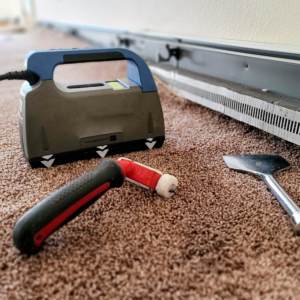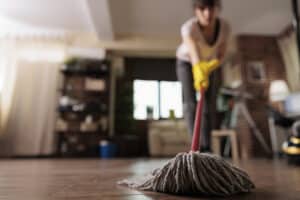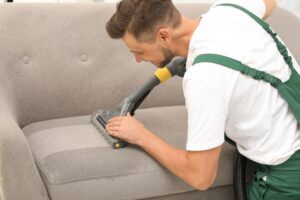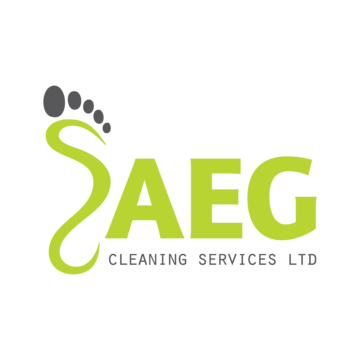A hot topic at the moment is the prevalence of the dangers of damp & Mould in social housing, following an inquest into the death of two-year-old Awaab Ishak in Rochdale revealing that the family had been completely failed by the Rochdale Boroughwide housing association (RBH).
An investigation into the organisation found that there were significant failings in the way in which it had dealt with damp and mould across its operations, breaching both consumer and governance standards.
The government has now made it clear to all social landlords that standards must be raised, with housing secretary Michael Gove asserting back in November that “every single person in the country, irrespective of where they’re from, what they do or how much they earn, deserves to live in a home that is decent, safe and secure”.
New sanctions have also been introduced for landlords, with £1 million of funding stripped from RBH and a warning issued to other providers that if they fail to meet regulatory standards, they will also see their funding removed.
It’s important for both landlords and tenants to understand how excessive dampness and mould can pose a risk to health. If you live in a damp or mouldy building, you are more at risk of experiencing a range of different health conditions, everything from respiratory symptoms and infections to asthma and allergic rhinitis.
Some residents are more sensitive to damp and mould than others, which landlords should also be aware of when letting properties.
It’s essential that mould and dampness are kept away from children and babies, as well as elderly people and anyone with skin problems such as eczema and respiratory issues like asthma. Those who are immunocompromised should also be similarly protected against damp and mould.
Research also shows that those who live in well-insulated properties with adequate ventilation are less likely to go to see their GP or be admitted to hospital because of respiratory conditions… which suggests that appropriate home maintenance work on a regular basis can help support health and wellbeing.
The first step is to find potential sources of moisture, which is necessary for mould to grow. Leaking pipes, wastes and overflows can cause excessive moisture, as can rising damp because of defective or non-existent damp courses.
Once you know where the moisture is coming from, you can sort out repair work and remove any mould that may have built up over time. It may be that professional assistance is required in this regard, but equally it may be possible for landlords to deal with the issue themselves, depending on how problematic it is.
It’s also important to implement proactive measures to help prevent the recurrence of mould and damp, keeping moisture and condensation under control. If you can’t find any leaky pipes or other such moisture sources, it may be that the ventilation system is inefficient and causing condensation.
Need help with landlord cleaning at the moment? Get in touch with AEG Cleaning today to see how we can help.
If you want to avail this service and other services like carpet cleaning, upholstery cleaning, home cleaning, landlords & Airbnb, and office cleaning. You can book with us now!
